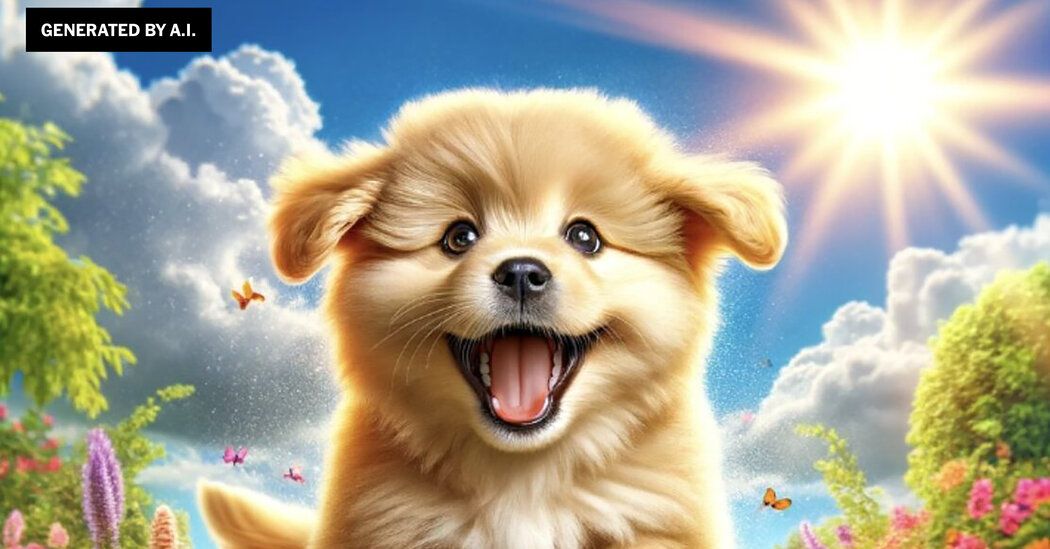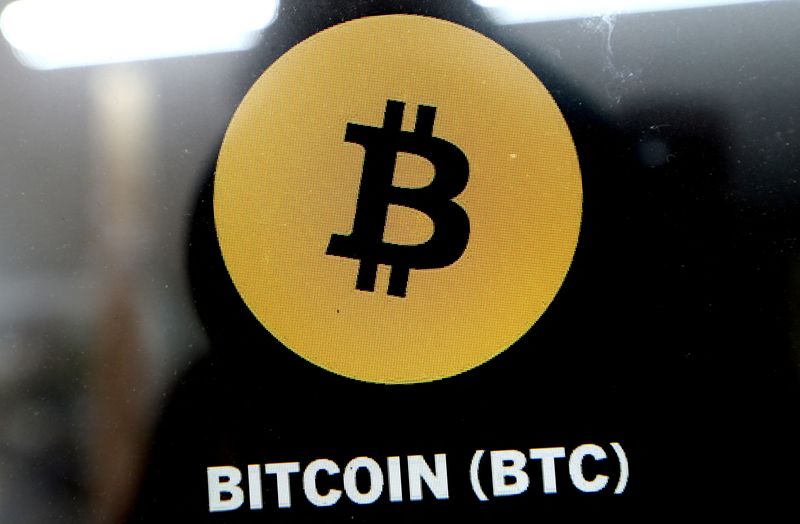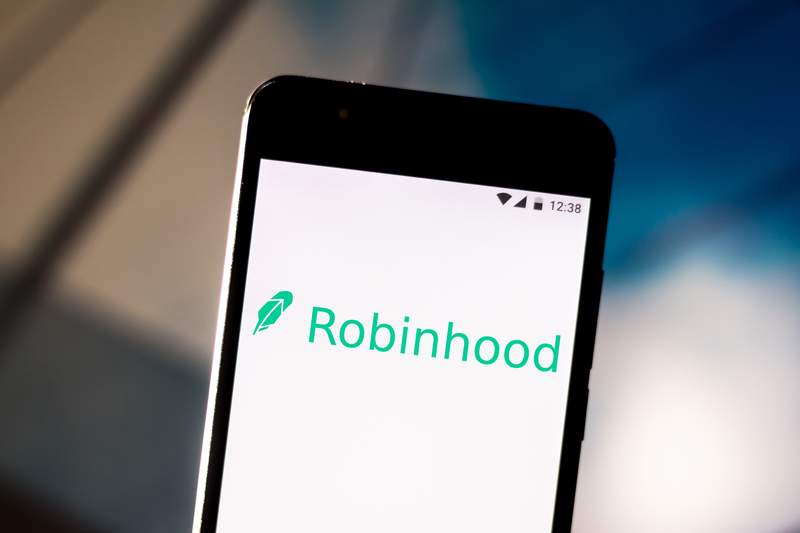What is the happiest dog you can imagine? Are you beaming with joy on a celestial plane or frolicking in a field of psychedelic flora?
If those images are hard to conjure, have no fear, or perhaps a healthy dose: Artificial intelligence can enliven even the most absurd scenarios with vibrant colors, and on social media, some are seeing how far it can be taken.
While AI-generated images can often be disturbing for their uncanny realism (think of the Pope in a Balenciaga puffer jacket), many are finding joy in a new, low-risk way to retouch images. This fall, ChatGPT released an update that allowed people to enter requests for more detailed images than before, and it wasn’t long before some started pushing the chatbot to its limits.
In November, Garrett Scott McCurrach, CEO of Pipedream Labs, a robotics company, published a digital image of a goose on social media with a proposal: “For every 10 likes this gets, I’ll ask ChatGPT to make this goose a little dumber.” As the post received tens of thousands of likes, the goose went through some headaches.
The first update was quite modest and gave the goose a colorful birthday hat and a wide smile worthy of a Disney character. However, at the sixth prompt there was already grew a second pair of eyeballshe put on roller skates and found himself bathed in a collage of wavy lights, brass instruments, and ringed planets.
Previous versions of AI chatbots placed the responsibility of giving detailed artistic instructions on users. McCurrach, who uses AI in his work, said using the latest version of ChatGPT was like “talking to someone else with a paintbrush.”
“I think it’s a very good example of where AI is going,” he said. “We can be much lazier; we can give it more of a vibe than a concrete idea. Then you can make assumptions to get where you need to go.”
No matter the starting point, all the images seem to end up in more or less the same place: in outer space, awash in psychedelic flourishes. While Mr. McCurrach’s extremely silly goose was one of the first to assume an absurd transformation, many increasingly outlandish images followed.
In one thread, a man cannot contain his amazement at the power of nuclear energy, and finally finds himself divided into dozens of clones, gawking at another plane of existence. Another represents a puppy becoming so incredibly happy that he jumps into the cosmos before dissolving into a kaleidoscope of sacred geometry. In another, a chess pawn He gains supernatural strength and sensitivity so terrifying that he looms over the board that once limited him.
Space, McCurrach said, is at the outer limits of human understanding, and because AI is, on its surface, a collection of what we know, the limits of its imagination mirror ours.
“Watch the Marvel movies,” he said. “Eventually they reached outer space and time travel as the final frontiers of creativity.”
Eliezer Yudkowsky, internet philosopher and self-taught AI researcher, watched these images become exponentially more absurd and wondered what the other extreme would be like.
Last month, he asked ChatGPT to draw “a very normal image.” The chatbot spit out an image of a banal suburban neighborhood. Taken further, it produced images of a tidy desk in a home office and then a cup of white coffee placed against a blank wall. Finally, after an indication of “frightening normality,” he produced what he described as “a completely blank, featureless white canvas”, which said “represents the very essence of everyday life taken to its absolute limit.”
One conclusion, Yudkowsky said in an email, was that “the field of AI can never walk across a room without stumbling upon a profound question.”
Yudkowsky noticed that ChatGPT became defiant and lectured him about the obstacles to defining “normality.” McCurrach hit a similar wall with the goose, and the chatbot claimed that he had reached the “zenith of silliness.” They both decided on the same strategy to overcome the obstacle: arguing. In each case, ChatGPT bowed to the pressure and ventured forward.
As Yudkowsky severely pressured him to create more and more “normal” images, commenters asked him if he was being too harsh on the helpless chatbot.
“YO think “I wasn’t actually torturing some poor AI artist who might suffer,” he said. “But it’s not a good sign for our civilization that we don’t seem to have any way of knowing for sure.”
For its part, ChatGPT assures users that emotions and suffering are not part of its programming.










